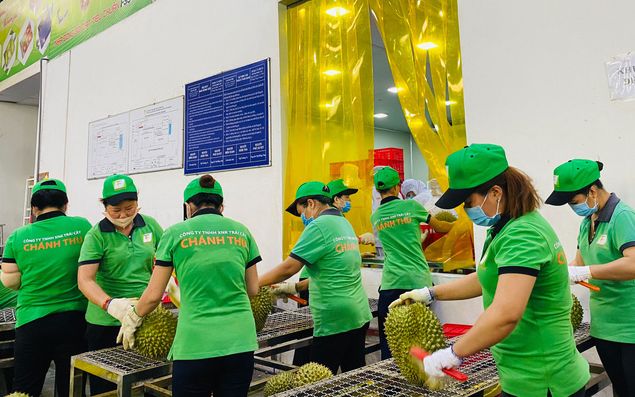
Exports accelerate, repositioning in demanding markets
According to updated data from the Customs Department ( Ministry of Finance ), Vietnam's fruit and vegetable exports in the first 10 months of 2025 reached about 7.05 billion USD, marking a remarkable growth of 14.6% over the same period last year. The good news is that this growth does not only depend on traditional markets such as China but also records impressive progress in markets known as the most demanding in the world, requiring high quality standards and strict control processes.
With an export turnover of 7.05 billion USD in the first 10 months of 2025, Vietnam's fruit and vegetable industry is aiming for a record target of 8.5 billion USD. Strong growth opens up great prospects, but also requires improving quality, traceability and product diversification.
Specific figures clearly show the change in the export market structure. Exports to the US reached 454.5 million USD, a growth of 58.3%. The Korean market also grew strongly by 18.1%, reaching 264.1 million USD, with a particular increase in the group of semi-processed products, showing the increasing acceptance of processed products from Vietnam. In Europe, major economies all recorded double-digit growth, of which the Netherlands increased by 31.8%, the UK increased by 50.8%, and Germany increased by 54.5%. The Middle East, with the UAE market importing 97.4 million USD, an increase of 51.8%, also confirmed that the market diversification strategy is on the right track. The Ministry of Industry and Trade believes that this is a solid foundation for the Vietnamese fruit and vegetable industry to move towards the export target of 8.5 billion USD for the whole year.

Many export enterprises proactively invest in high-quality growing areas, applying advanced cold storage technology.
Restructuring the entire agricultural chain, entering the quality race
Currently, the state management agency, in close coordination with the Vietnam Fruit and Vegetable Association, is proactively adjusting the export strategy. In particular, it focuses on developing raw material areas that meet VietGAP and GlobalGAP standards, while investing in packaging facilities, cold storage, and expanding markets to the US, EU, and the Middle East, in order to reduce dependence on traditional markets. Talking to reporters about this issue, the leader of the Import-Export Department (Ministry of Industry and Trade) also emphasized that product diversification, from frozen, pre-cut to canned fruits, is considered the "key" to increasing export value and increasing the competitiveness of Vietnamese agricultural products in the international market.
According to information from the Vietnam Fruit and Vegetable Association, in recent times, the export business sector has been very proactive and invested heavily in production. Many businesses exporting key products such as durian, banana, mango, coconut, etc. have proactively invested in high-quality growing areas, applied advanced cold storage technology, and standardized growing area codes to meet strict traceability requirements. Deep processing businesses focus on value-added products such as canned, dried, and pre-cut products to serve the convenience needs of the Western market, in line with the "healthy" and environmentally friendly consumption trend. At the same time, many logistics businesses have also upgraded their cold storage systems and optimized cold transport processes to ensure that the quality of goods is maintained from the place of production to the hands of the final consumer. Mr. Nguyen Thanh Binh, Chairman of the Vietnam Fruit and Vegetable Association, commented: "Vietnamese enterprises have entered the smart export stage, no longer focusing on quantity but completely shifting to focusing on quality, added value and market sustainability."
Sharing more about this issue, the leader of the Import-Export Department (Ministry of Industry and Trade) emphasized that product diversification, from frozen, pre-cut to canned fruits, is considered the "golden key" to increase export value and increase the competitiveness of Vietnamese agricultural products in the international market, especially when the consumption trend in developed countries is shifting strongly to convenient and deeply processed products.
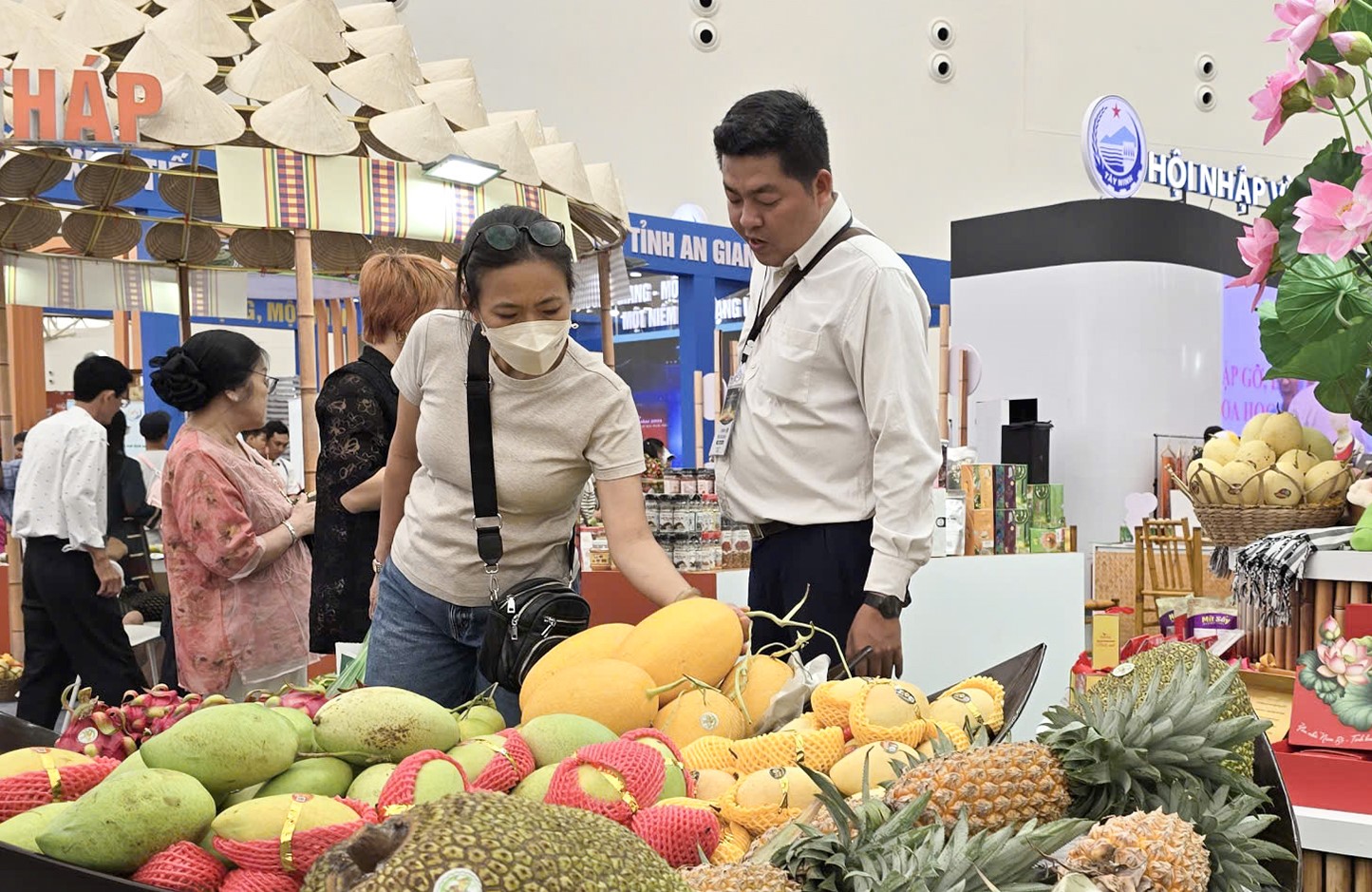
From a business perspective, Ms. Truong Thi Thanh, owner of a business specializing in supplying deeply processed agricultural products to the European market, shared in detail the challenges: "To meet the strict standards of the EU, we have to restructure the entire process, from cooperating with farmers right from the seeding stage to control pesticide residues, to investing in a cold drying and vacuum packaging line worth tens of billions of VND. The initial investment cost is very large, but this is the only way to escape the vicious cycle of exporting cheap raw products and build sustainable brand trust in demanding markets." At the same time, Ms. Thanh affirmed that proactively grasping non-tariff technical barriers and building growing area codes are vital factors that determine the existence and development of businesses in the future.
Meanwhile, according to representatives of agricultural distributors, success lies not only in selling products, but also in the ability to maintain a stable supply chain with consistent quality all year round. These units prioritize partners with large enough supply capacity, strictly complying with international certifications, because consumers are looking for real value: safety, high quality and transparent origin.
Economists also warn that although exports to China still account for a large proportion, diversification to the US, EU and the Middle East is necessary to minimize risks from geopolitical fluctuations, tariff changes and seasonal risks. Price pressure, cold transport costs and the need to invest in high-quality raw material areas are creating major barriers that can make it difficult for small businesses to keep up without timely support from the state or participation in tightly linked value chains.
Financial incentives and value chain linkages
To achieve the target of 8.5 billion USD and maintain sustainable growth, the Vietnamese fruit and vegetable industry needs strategic steps and stronger policy support. According to Mr. Binh, it is necessary to increase investment in international standard raw material areas, develop synchronous processing and cold storage infrastructure, promote specialized and focused international trade, provide preferential financial support for technology investment and application of traceability technology, blockchain, IoT to enhance partner trust, and reform administrative procedures related to quarantine and customs.
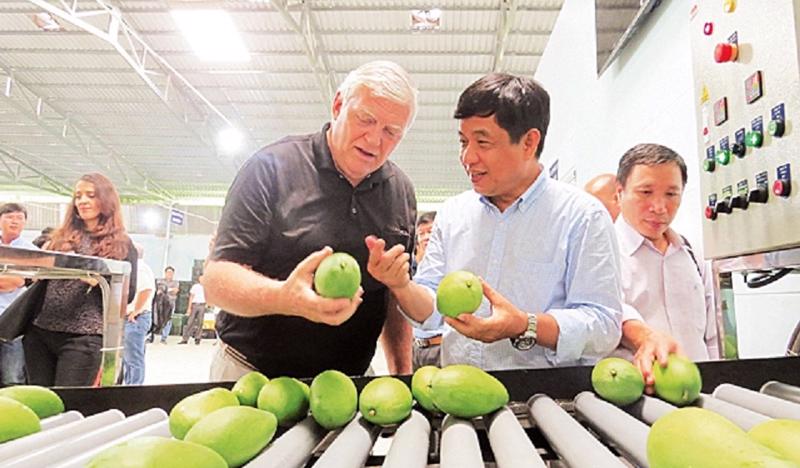
Vietnamese fruits are exported to demanding markets.
Export results in 2025 exceeded expectations, marking an important step forward in both value and market. For the annual export target of 8.5 billion USD to become a reality and sustainable, the industry needs to continue to strongly innovate from growing areas, quality, processing to market strategy, with support from management agencies, business linkages and application of modern technology.
From the perspective of a market economic expert, Mr. Tran Manh Hung emphasized the role of financial policy in promoting sustainable exports: "We need to have a clearer and more timely tax and fee incentive mechanism for businesses investing in deep processing, preservation technology and cold logistics chains. Quickly refunding value added tax (VAT) for high-standard export shipments will help businesses have more revolving capital, reducing financial pressure when having to invest heavily in growing areas that meet international standards such as GlobalGAP". The openness in tax refund policy is considered an important lever to prevent businesses from being tied up in capital.
In addition, Mr. Hung also said that the Government needs to encourage and strongly support new cooperative models, closely linking with leading enterprises to create specialized, large-scale raw material areas, capable of providing uniform output for large contracts with the US or EU. Without this connection, traceability will be broken, and the risk of returned goods will always exist. At the same time, it is recommended to promote training in R&D (research and development) for post-harvest processing to create higher value-added products such as fruit and vegetable powder, natural extracts, or functional foods from fruits, instead of just stopping at exporting fresh fruits... thereby consolidating the "upgraded" position of Vietnamese fruits and vegetables on the global agricultural map./.
Source: https://vtv.vn/rau-qua-viet-nam-don-ky-luc-7-ty-usd-thang-hang-chinh-phuc-thi-truong-my-eu-100251124212251591.htm


![[Photo] VinUni students' emotions are sublimated with "Homeland in the Heart: The Concert Film"](/_next/image?url=https%3A%2F%2Fvphoto.vietnam.vn%2Fthumb%2F1200x675%2Fvietnam%2Fresource%2FIMAGE%2F2025%2F11%2F26%2F1764174931822_10-3878-jpg.webp&w=3840&q=75)



![[Photo] Close-up of heavy damage at the school located on the banks of the Ban Thach River](/_next/image?url=https%3A%2F%2Fvphoto.vietnam.vn%2Fthumb%2F1200x675%2Fvietnam%2Fresource%2FIMAGE%2F2025%2F11%2F26%2F1764152130492_ndo_bl_img-8188-8805-jpg.webp&w=3840&q=75)

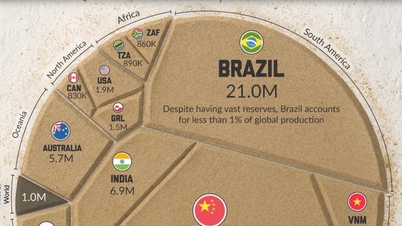








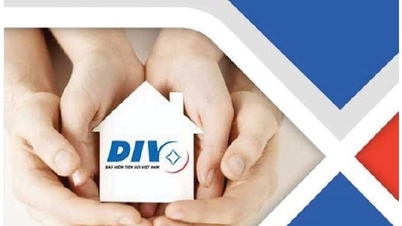




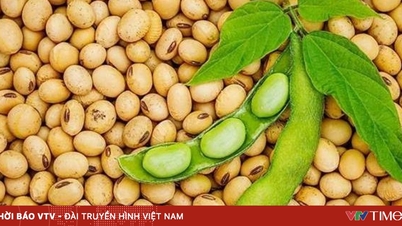
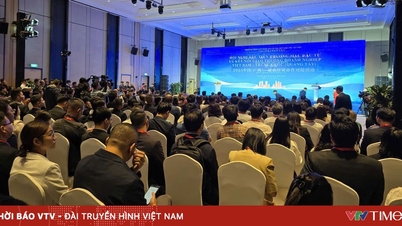


























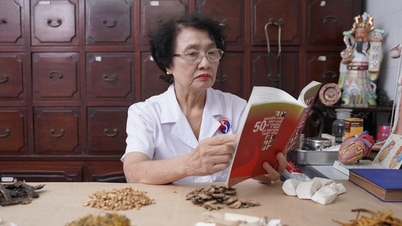









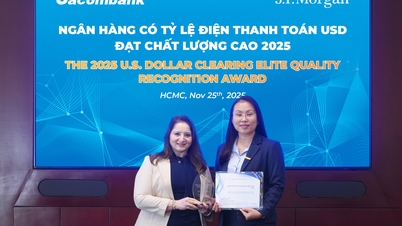
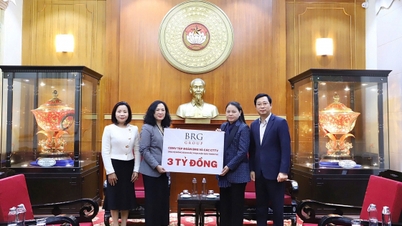








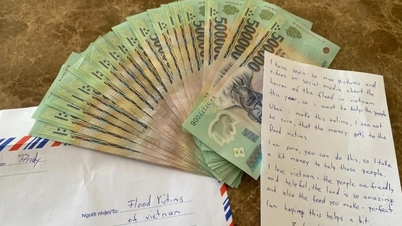





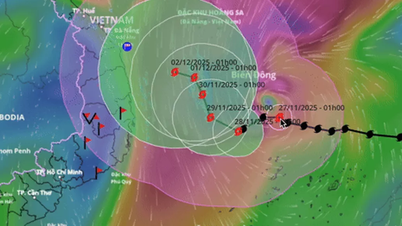





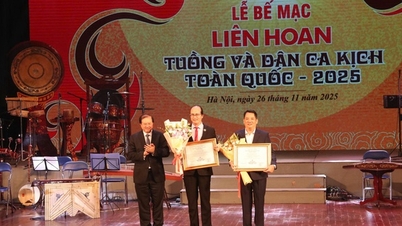














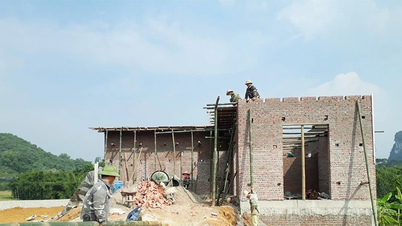















Comment (0)